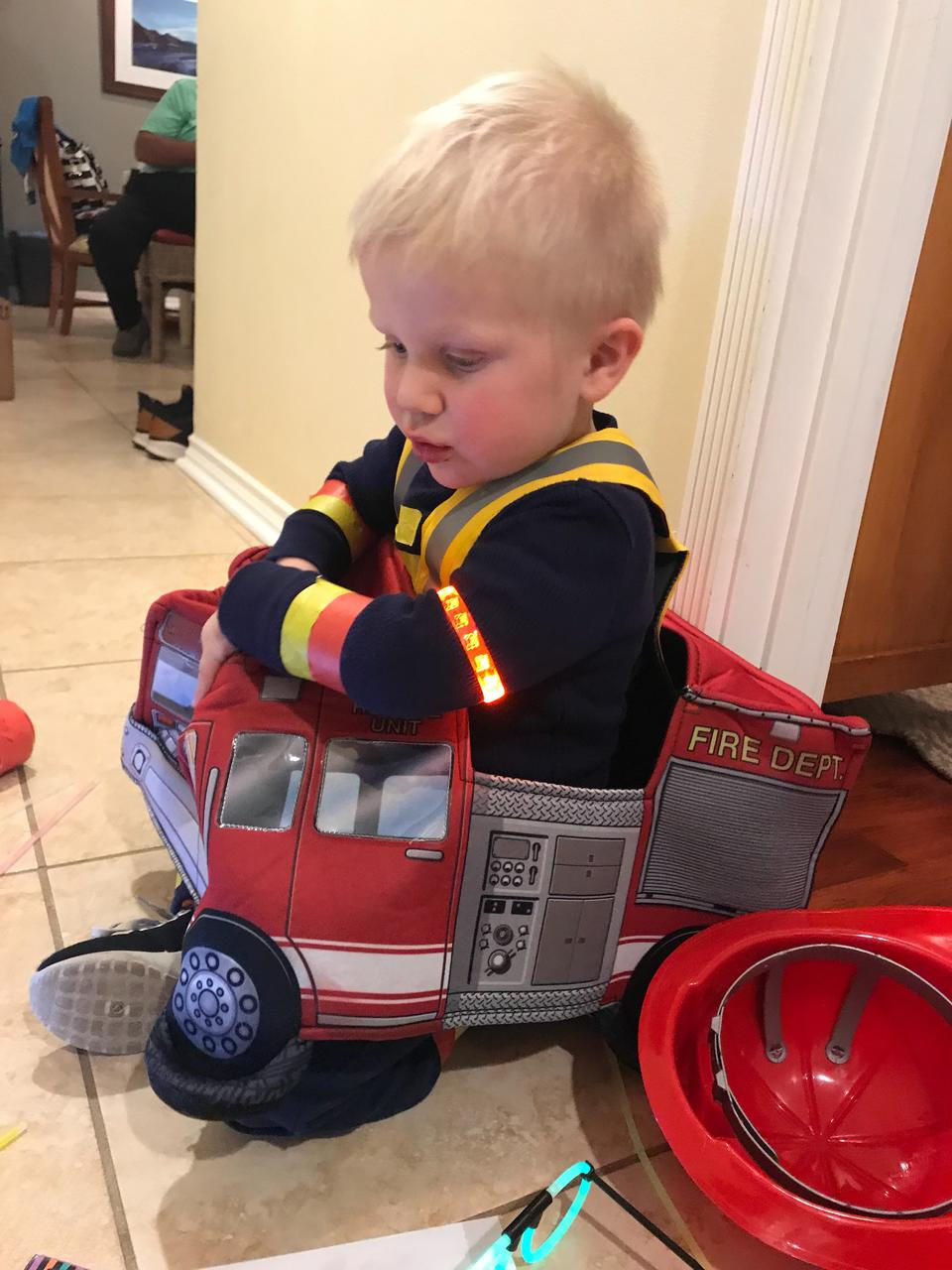Exploring the 3D World through Puzzles
- Rosanne Hansel
- Oct 5, 2020
- 2 min read
Doing jigsaw puzzles predicts good spatial thinking, especially when spatial language is modeled by adults (Newcombe 2010).

I watch carefully and with a great deal of curiosity, as my daughter and her nearly three-year-old son sit facing each other while he puts together a large floor puzzle of a big red fire truck. In the short time that I had been visiting my grandson, we had seen real fire trucks up close at a local park, outside his child care center as the firefighters tested out their hoses, and as we exited a restaurant. The firefighters, who were there for lunch (not to put out a fire!) let him look at the wheels, check out the equipment and allowed him to climb inside. Not surprisingly, he had decided to be a firetruck for Halloween, had “read” several books about fire trucks, and scribbled a note to Santa asking for a fire truck for Christmas.

Familiarity with the subject was surely one reason why this little guy was highly motivated to complete the puzzle, for sure, but I marveled at how intentionally he looked for the right shape and color to fit with the piece of the puzzle he had just laid. My daughter had shown him how to lay all the pieces upright and when he got stuck, she would ask him questions like, “are you looking for part of the wheel,” or “remember the straight edge goes around the outside of the puzzle.” She would remind him to turn the piece around in his hand if it didn’t fit on the first try and when he got frustrated, she would ask if he wanted her to help.
By the time I sat on the floor with my grandson to put the fire truck puzzle together, he had already mastered so many of the strategies that my daughter had used to guide him. He worked quickly and confidently, requiring little help.

My curiosity about this puzzle activity stems from the literature I’ve read on spatial development for my book Creative Block Play and the new research I am reading in preparation for my next Redleaf book on the importance of spatial development not only for the STEM subjects, but for so many other life endeavors. And yet, it is rarely the focus of instruction in the early years. I have been collecting photo documentation of explorations that focus on spatial development from a variety of early childhood settings and classrooms, so that teachers and parents will better understand what spatial skills are and how best to support children as they engage in these explorations.
My grandson has finished the fire truck puzzle and jumps up to explore his collection of trucks. “Dagan,” I say, “please help me clean up the puzzle pieces and put them back in the box.” No answer. “Dagan, I can’t reach all the pieces, can you help me?” He places a long cardboard tube to his mouth like a megaphone and says, “You can do it. You can, can, can!”
We’re still working on clean up skills.
Newcombe, Nora. 2010. “Picture This: Increasing Math and Science Learning by Improving Spatial Thinking.” American Educator, 34, 29-35.
Blog for Redleaf Press, January 18, 2019


Comments